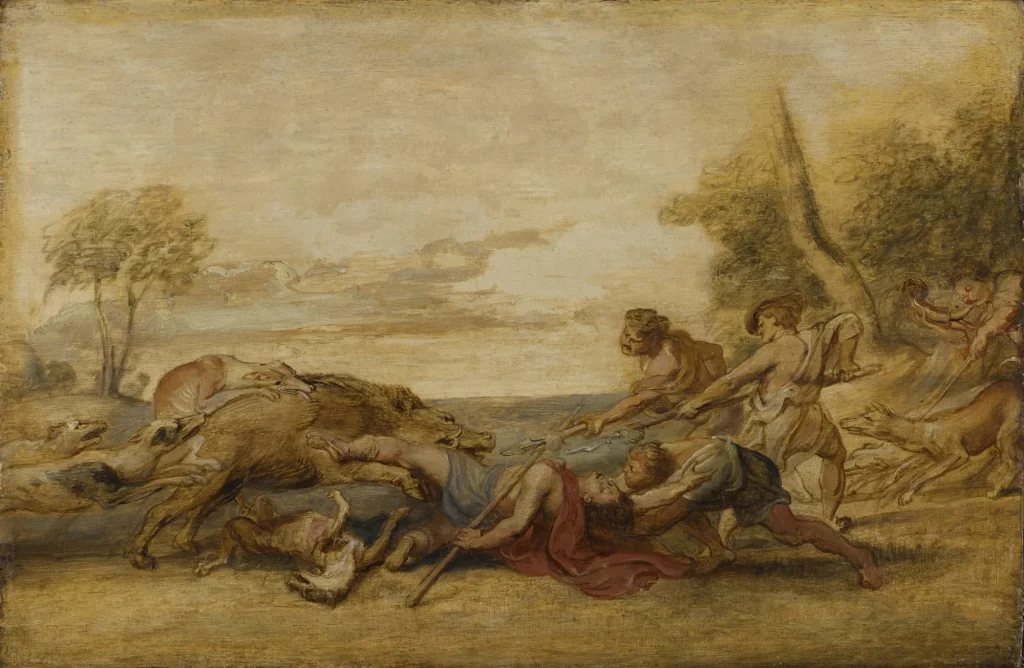Introduction
The Princeton University Art Museum is set to unveil a significant revelation about a prized work in its collection, attributing it to the famed Flemish artist Peter Paul Rubens. This rediscovered artwork, believed to be “The Death of Adonis,” holds a rich history of attribution and controversy, shedding light on the complexities of the art world.
A Thrilling Discovery
In an exclusive statement to ARTnews, Ronni Baer, the distinguished curator at the Princeton University Art Museum, expressed the excitement surrounding the rediscovery of the Rubens artwork. This revelation is of particular importance, as the original commissioned painting by Rubens, intended for King Philip IV of Spain, did not survive the passage of time.
A Decades-Long Journey
The journey of rediscovery traces back to the 1930s when the painting was acquired by Princeton University. Initially believed to be a Rubens, it faced periods of doubt, being “formerly attributed to Peter Paul Rubens” in the 1990s. The turning point came in 2019 when Ronni Baer and Bart Devolder, the museum’s chief conservator, initiated a reevaluation of the artwork, leading to its restoration.
The Elusive Nature of Art Attribution
The story of “The Death of Adonis” highlights the challenges and intricacies of art attribution. Unlike artists like Rembrandt, who had centralized bodies for certification, Rubens’ attribution is a more subjective and multifaceted process. Art scholars, based on science, comparison, personal judgment, and varying experiences, determine the authenticity of Rubens’ works.
Complications and Controversies
The process of attributing artwork to Rubens has been marked by complications, including doubts about well-known pieces like “Samson and Delilah.” The absence of Rubens’ signature on many works and his studio practice, where studio assistants sometimes modified or completed his works, adds to the complexity of attribution.
Rubens in America and Changing Opinions
“The Death of Adonis” faced attribution doubts in the influential compendium “Rubens in America” (1947) by Julius S. Held and Jan-Albert Goris. While Held initially considered the painting a mere copy, his opinion eventually shifted, as noted in the 1980 Princeton-published catalogue, “The oil sketches of Peter Paul Rubens.”
Conclusion
The rediscovery of “The Death of Adonis” as an authentic work by Peter Paul Rubens is a remarkable achievement for the Princeton University Art Museum. It underscores the fluid and evolving nature of art attribution, reminding us that the art world is replete with mysteries waiting to be uncovered. This revelation serves as a testament to the enduring allure of Rubens’ masterpieces.
Feature Image: ‘The Death of Adonis’, attributed to Peter Paul Rubens (1639).PUBLIC DOMAIN
Misinterpreted and Lost for 300 years: Rubens’ Painting to Become Sotheby’s Star

Contributor





